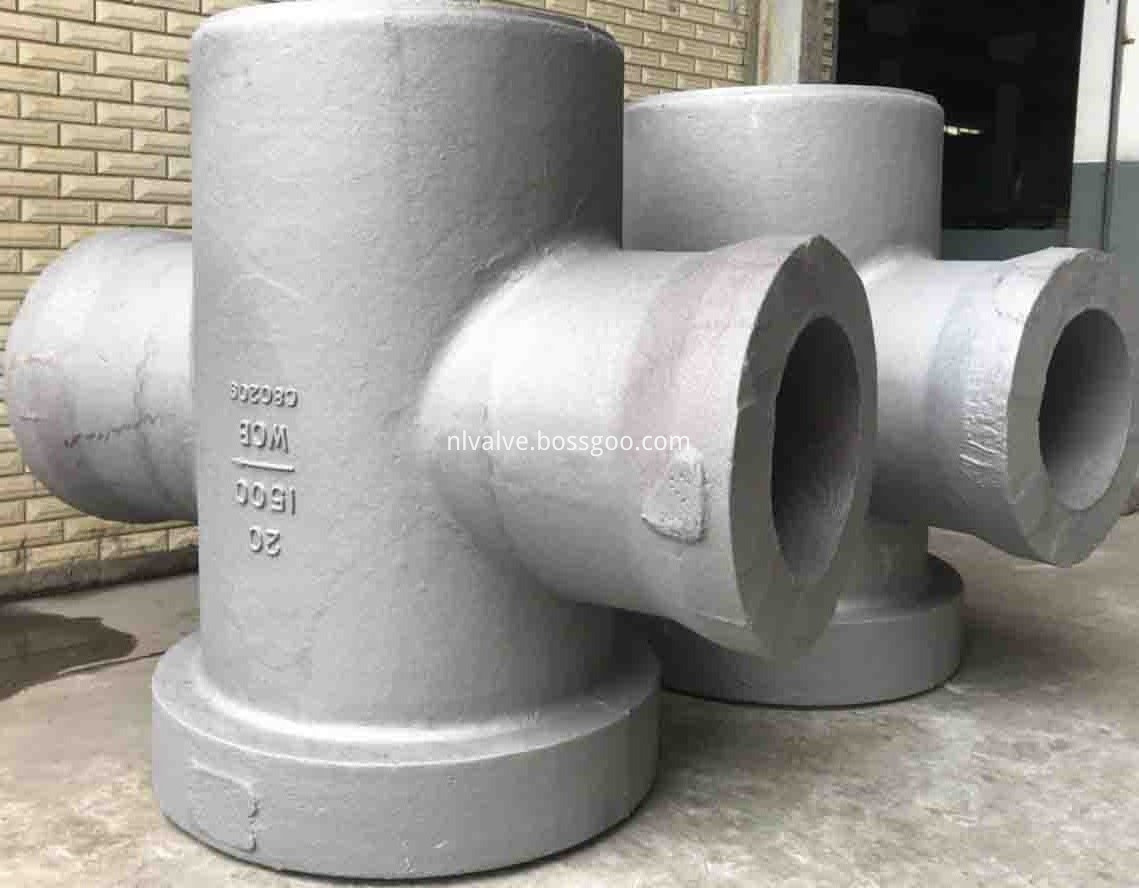1. Exclusion of drug use The amount of herbicide used is too large. When the phytotoxicity has occurred or is about to occur, detoxification measures should be taken as soon as possible. Immediately drain the irrigation water contained in the field, flush it with new water several times in a row, or combine the drainage with lime to neutralize the acid herbicide in the field, reduce the content of the herbicide in the soil; Damage, spray the mechanical water to wash the residue of toxic plants, reduce the poison attached to the leaves. Poorly poisoned plots should be deep-turned after exposure to sunlight, and then a small number of sensitive crops can be tested for 2 weeks to prove that other crops are planted without phytotoxicity.
Second, strengthen field management For the medicated crop fields, strengthen field management, adopt the application of quick-acting fertilizers, scientific management, reduce the impact of herbicides on crops, and reduce losses.
3. Application of Plant Growth Regulators to Promote Crop Growth Plant growth regulators are agents that promote crop growth. They have a good stimulating effect on the growth and development of crops and are also beneficial in reducing phytotoxicity.
Fourth, the use of chemical antidote with activated carbon seed dressing can reduce or prevent the harm of tetrachloramide, Ligulong, 2,4-D herbicides on corn, but also roots or stems on the plant before planting Powder, can prevent phytotoxicity. When the crop is planted, it is evenly spread on the surface of the soil with 10-40 kg per 15 mu, or it can be sprinkled on the surface of the local or strip soil to prevent the phytotoxicity of simazine on soybean, cucumber and wheat. Naphthalene diacetate is used to prevent the phytotoxicity of propionate on corn. The usual amount is 0.15% of the weight of the seed, and the effect is good. CGA-43089 is used for sorghum seed dressing to prevent phytotoxicity of sorghum, such as meglumine and acetochlor. Generally, 1.25-1.5 grams per 1 kg of sorghum seed can reach the control effect.
Basket type strainer we provided with DIN bastket type strainer, API basket strainer, ANSI basket type straine are usually installed on the pipeline to filtering solid particles of the working medium and to protecting all pipeline equipments from any brokens. Basket type strainer we produced can cover size from 1/2"(DN15) to 24"(DN600) matching with pressure class 150(PN16) to class300(PN63) which widely used in hot oil system, power station, natuaral gas pipeline, water cycle system etc. The advantages of basket type starainer we provided are easy clean, large filtering area, easy disassembling on line as well as easy maintenance.

Basket Type Strainer,Basket Strainer,Api Strainer,Ansi Basket Strainer
Yongjia South Trading Co.,Ltd , https://www.n-lvalve.com